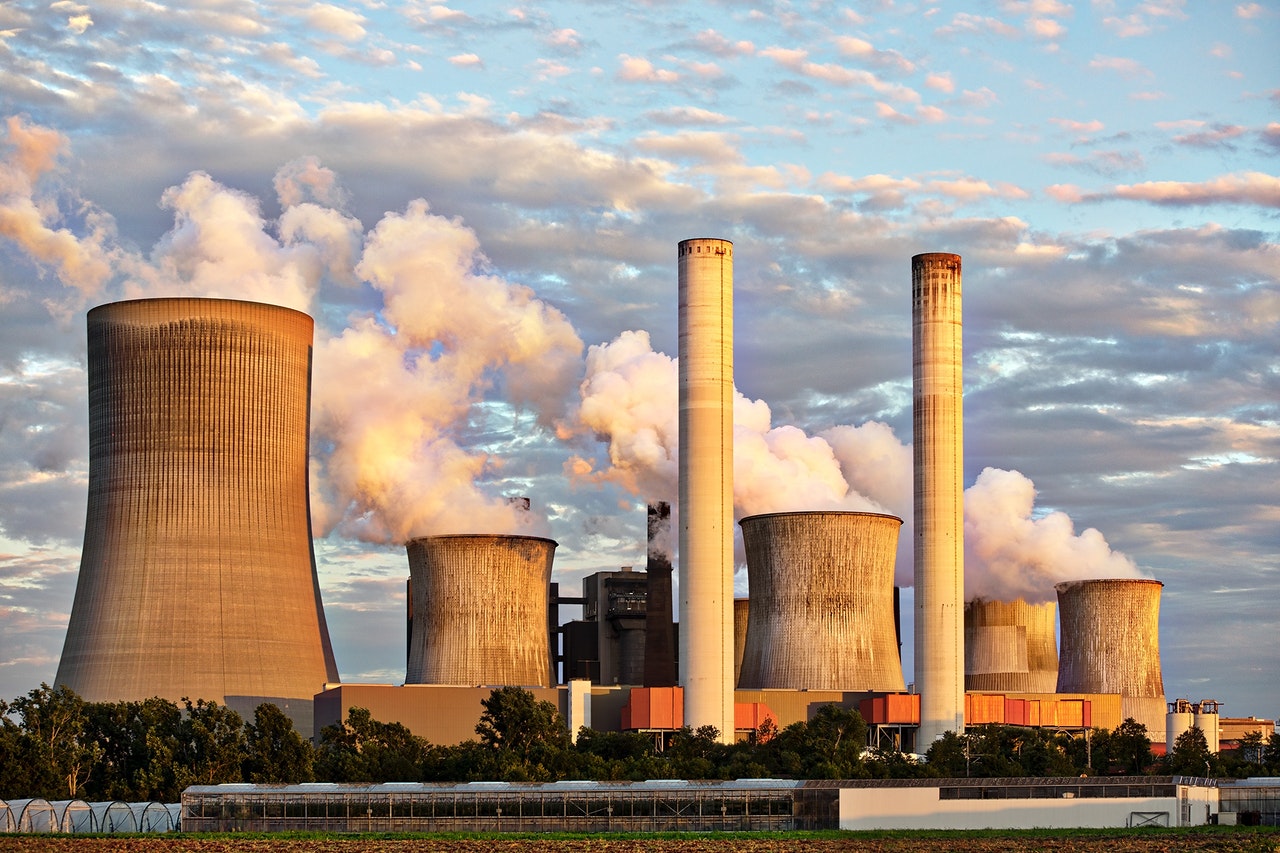The International Energy Agency (IEA), in its new annual Nuclear Power report, asked if nuclear power is enjoying a new dawn amid the global energy crisis and the need to reduce dependence on fossil fuels.
The agency notes that today the atom is the second-largest low-emission energy source after hydropower. Nuclear power plants (NPPs) are located in 32 countries, with about 63% of their capacity now in plants that are more than 30 years old, as many of them were built after the oil market turmoil of the 1970s.
“In today’s context of the global energy crisis, soaring fossil fuel prices, energy security challenges and ambitious climate commitments, I believe that nuclear power has a unique opportunity to return to the scene,” said IEA chief Fatih Birol, quoted in the release. to the report.
As a result, the agency asks, “Is there a new dawn for nuclear power?” According to the IEA, the atom can help move away from hydrocarbons faster and safer and contribute to solving the climate issue.
The agency calculates that nuclear energy, with an estimated current capacity of 413 GW in 32 countries, helps achieve both goals, avoiding 1.5 gigatonnes of harmful emissions and displacing 180 billion cubic meters of global gas demand annually.
“While wind and solar power are expected to lead the way in replacing fossil fuels, they must be complemented by manageable resources,” the IEA explains, noting that these are the properties of the atom.
“However, a new era for nuclear energy is by no means guaranteed. It depends on whether states implement policies aimed at the safe and sustainable operation of nuclear power plants and mobilizing investment, including in new technologies. Also, the nuclear industry needs to quickly resolve the problem of cost overruns and delays in the commissioning of new projects that hinder the construction of stations in developed economies,” concludes Birol.

